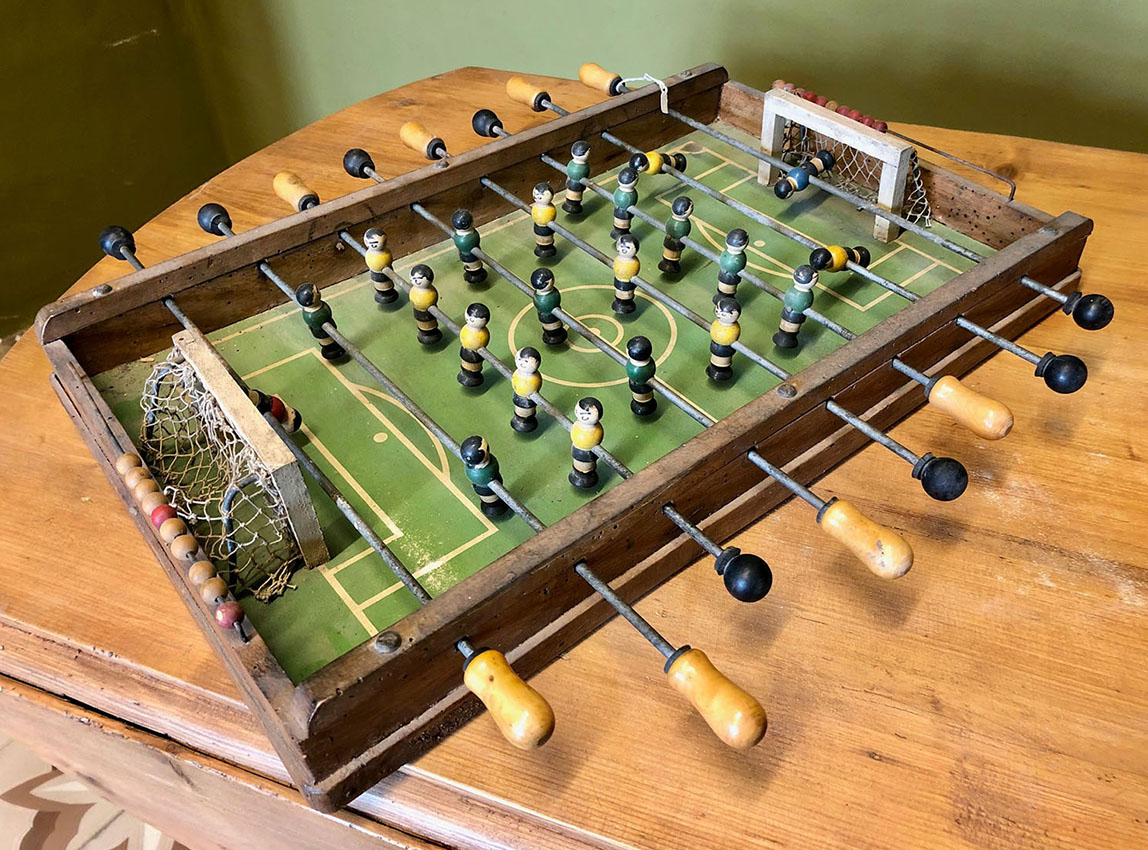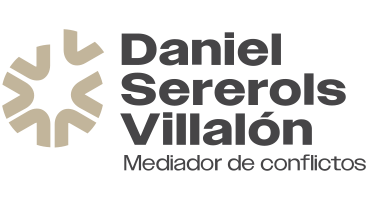
03 Jun Sports Mediation: Preventing Conflict and Caring for the Human Team
Conflicts end up poisoning and affecting the team, as well as the mental health of the athlete and their social environment. This statement should strongly resonate within any sports organization. In Catalonia, there are over 9,000 sports clubs and more than 4,000 sports service companies, according to recent data. Most of them operate with limited resources but with a tremendous asset: people. When conflicts arise, what’s at stake is not only performance, but also bonds, cohesion, and trust.
It is in this context that sports mediation can make a qualitative and quantitative leap. As Jaume Barroso López, a lawyer specialized in sports law, explains: “Mediation helps generate a new way of relating to one another in the sports field.” And as Jordi Casajuana, an experienced mediator in sports disputes, adds: “It’s not just about solving a problem, but about taking care of an ecosystem of emotions, expectations, and passions.”
A world with many conflicts and great potential
The sports sector is full of tensions that can eventually explode:
- The recruitment of minors by football or basketball clubs, often clashing with federation rules and the best interest of the child.
- Non-payments to coaches or athletes.
- Inter-federation, competition-related, or intra-federation conflicts.
- The ego of some parents who project frustrations or unattainable ambitions onto their children.
- Disciplinary decisions, poorly managed absences, or role incompatibilities within the team.
Javier Latorre Martínez, Secretary General of the Spanish Association of Sports Law, argues that “it is essential to systematically introduce ADR (appropriate dispute resolution mechanisms) into Spanish sports.” In this sense, he emphasizes that mediation can be conducted online, making it easier to access specialized services throughout the country.
The legal framework: What can be mediated?
According to Article 1 of Law 5/2012, mediation is a voluntary procedure where the parties negotiate in good faith, assisted by an impartial mediator. Not everything is subject to mediation: administrative acts are not (yet) mediable, but civil and contractual disputes are.
The Sports Law 39/2022, of December 30, provides in Title VIII for conflict resolution through civil jurisdiction or arbitration, but does not explicitly mention mediation. This is a noteworthy omission, although Article 5 introduces procedural admissibility requirements, which link directly to mediation as a prior step before going to court.
Article 5 of Law 39/2022
“Prior to filing any civil sports-related legal action, the parties must prove they have attempted to resolve the conflict through an alternative dispute resolution system, such as arbitration, conciliation, or any other legally recognized method.”
This article has led to the inadmissibility of some claims for failing to meet this preliminary requirement.
Sports mediation: specialization, efficiency, and vocation
A sports mediator should be:
- Open to new experiences.
- Responsible.
- Sociable yet reflective (moderate extraversion).
- Kind and emotionally stable (very low neuroticism).
It is strongly recommended to have specific training in sports law—you need to understand what’s at stake. There are 18 FIFA-accredited mediators and 54 recognized by the CAS (Court of Arbitration for Sport), based in Switzerland, which has handled over 11,000 arbitrations since its creation.
Sports mediations are usually brief (about three sessions), and each session tends to last no more than an hour and a bit. It is important to avoid burying mediation under other departments: it must have its own identity and expertise.
A project that deserved to fly
It’s worth remembering the mediation project for FC Barcelona, led by Jaume Barroso, which unfortunately did not come to fruition. A real pity, as its implementation could have served as a model for many other sports organizations.
As Xavier Marcet wrote in Crecer por dentro (Grow from within): “You cannot grow only from the outside: we must take care of who we are, how we relate to one another, and how we face difficulties.” This applies just as much to sports clubs.
Conclusion: Putting mediation at the service of fair play
It is time for mediation to become a key reference in Catalan and Spanish sports. Not just to resolve conflicts, but to transform them into opportunities for improvement and cohesion. ADR must become part of the sporting culture—because there is no fair play without fair relationships.
